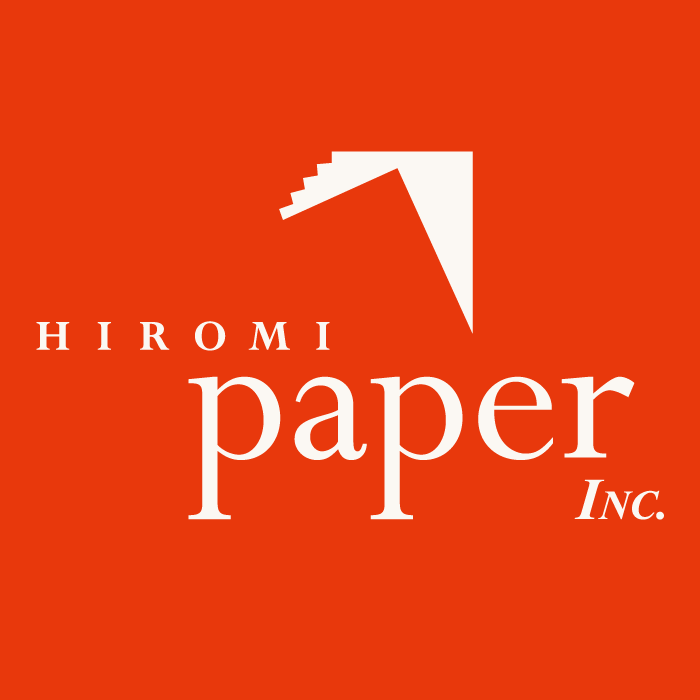
Spring 2003, Volume 9, No. 2
MODEL AIRCRAFT AND JAPANESE TISSUE PAPER
By John Morril
|
Why Japanese Tissue? To be a successful flyer, a rubber-powered model must be lightly built for the amount of wing area. This is known as "wing loading." The airplane must also be strong to hold the tension and torque of a fully wound motor and withstand the shock of hitting objects when landing. The method evolved of making a light skeleton framework using small wood sticks for each of the parts - wings, tail, and body. At first, spruce and basswood were the best. In the middle 1920's, balsa wood was discovered. This wood is much lighter and has a very strong weight to strength ratio. It also varies greatly in weight and so different weights can be chosen for different strength needs. Balsa was a great benefit in reducing the weight of the skeleton framework. Bamboo was also used. Bamboo, split as small as 1/32 inch square, was bent over candle flame to form rounded outlines such as wingtips. However, an open framework will not fly very well so it has to be made airtight with a covering material. In the very early years, lightweight Chinese silk was used. The silk was made for lining caskets. Modelers soon discovered it could be used for covering their models. Coating it with airplane dope, a cellulous lacquer, sealed it. I don't know when Japanese tissue was first used as a covering but it certainly was in widespread use by 1925. It proved to be a very good material. It was inexpensive compared to silk. It was light, it was airtight, and it was strong for it's weight. Japanese tissue also will shrink tight on the framework when lightly sprayed with water. The secret to its shrinking properties is the long fibers, which make up the tissue. The shrinking adds a tremendous torsional rigidity to the light frame. In practice the frame can be made lighter as the shrunk tissue contributes so much strength to the whole part, in effect a monocoque construction. Today there are those of us who like to build traditional free flight model airplanes. The "scientific model" of yesteryear still exists and contests are still held. The designs have changed greatly and it is now difficult not to lose them out of sight when they fly into a thermal current. Beginning in the 1930's we set them to fly in circles and time duration only. There now are enthusiasts who like to recreate old-timer models from the 1930's, 40's, and 50's. These airplanes do seem to have more character than the modern super-efficient free flight models. Since the early years, there was also the desire to build small replicas of full sized aircraft. These are called flying scale models. These use the same building techniques. They are more difficult to build light, as they have to have more frameworks. They are more difficult to fly, as they look unscaled if the features that stabilize scientific models are used. The rubber scale model became more of a caricature of the full sized airplane, and therein lies its charm. Many modelers prefer to use colored tissue rather than paint. The light shining through the tissue reveals the underlying framework. Even when using paint many spray it on lightly to retain this translucent effect. Since the framework has to be simplified to gain lightness, the total effect is an impression or illusion of a full sized airplane.
What is Japanese Tissue? The earliest catalogs I have to date are from 1930, the earliest magazines, a few years earlier. The Japanese tissue the ads mention is called "Hakone", "Imperial", "Silk Tissue", and "Superfine". The weights are difficult to determine. However one catalog does give some weights. "Imperial" seems to be at the 12-13 gram/M2 weight and the "Superfine" about 1/2 of that. Prices for the regular tissue were 5 cents or less a sheet, and "Superfine is 10 cents a sheet. During the 1920's and 1930's, model aircraft must have caused a major use of Japanese tissue. There were literally several hundreds of thousands of boys building models. One of the popular model magazines, "Air Trails", had a monthly circulation of 800,000 issues in 1939. Kit manufactures of small rubber powered models literally shipped millions of kits just before the Second World War. Japanese Tissue was unavailable, of course, during the Second World War. It became available again after the war and continues to be available right up to now. The tissue we buy today weighs in the 12 gram/M2 range and is known by its Japanese distributor name, "Esaki." But what happened to the lightweight "superfine" of the 1930's? Hiromi has what I think it was or something very similar. It is the gampi paper made by Kanetoshi Ozaki and listed as Usuyo Gampi White-HP-09. It is pleasing to me that the tissue I use on my handmade models is handmade by maybe only one man. Quite a change from years ago when there must have been many more paper makers. Thank you Mr. Ozaki. For more information please contact: John Morrill |
